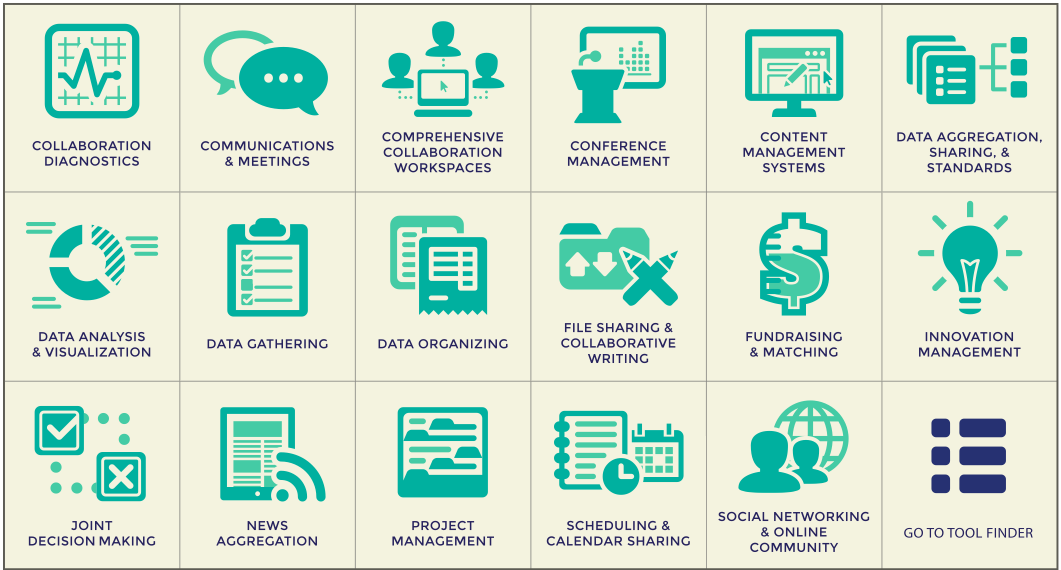Picture a producer preparing for the upcoming world premiere of Contemporary Color, “a pep rally pop music mashup.” Conceived by David Byrne and commissioned by Luminato Festival and Brooklyn Academy of Music, Contemporary Color will bring together artists such as Nelly Furtado, St. Vincent, and Ira Glass, 350 performers, and a 15 piece band for its world-premiere performance in Toronto this summer. Not only are the artists, performers, and musicians all located in different cities across North America, great distances also separate the designers, technicians, and other producers. To coordinate the project across these distances, the producer relies on online collaborative tools to orchestrate the project from pre-production to post-production.
Artistic co-productions have long depended on technology to coordinate the collaborative art-making process. As new technologies have changed the way we communicate and work, they’ve broken down the barriers to collaborations and allowed artists and presenters to work together with increased facility. For this reason, among other factors, the overall number of collaborative artistic projects in recent years has visibly increased. As stated in International Co-Production Manual, “a large international arts festival, such as Kunstenfestivaldesarts in Belgium or the Singapore Arts Festival, will now commonly work with a consortium of co-producers to support at least one major co-production for each festival edition.”
Faced with this vast landscape of new and emerging technologies, the Foundation Center and Monitor Deloitte published Harnessing Collaborative Technologies: Helping Funders Work Together. The study identifies the needs of funders working collaboratively and explores existing tools that support those needs, aiming to identify new ways of working together. More focused than a typical product review, the study evaluates tools based on funder needs, and provides an invaluable window into the technological landscape.
Areas of study, Harnessing Collaborative Technologies: Helping Funders Work Together.
As demonstrated by the Foundation Center’s research, arts organizations face universal needs and benefit from evaluating technologies based on particular applications. New technologies are being developed every day. Joint workspaces, project management platforms, file sharing tools, and countless other software solutions, make up a complex landscape of collaborative technologies. It may seem daunting to filter through the available technology to find a tool that fits an organization, team, or individual need.
Over the coming weeks, I will take the Foundation Center’s strategy and apply it to exploring the role technology plays in arts festivals. This work will be informed by interviews with experienced festival producers at Luminato Festival in Toronto, Canada, Brooklyn Academy of Music (BAM), in Brooklyn, New York, and Aspen Music Festival, Aspen, Colorado. Throughout the course of my research, I will aim to answer the following questions:
- What types of collaboration can occur online?
- What online collaborative tools are festivals using to engage in these projects?
- What new tools can be used to fulfill unmet needs of these artistic collaborators?
In the interim, please share your experience working on collaborative artistic projects. What information was shared across co-producers? And what technology, if any, did you use to support this process?




